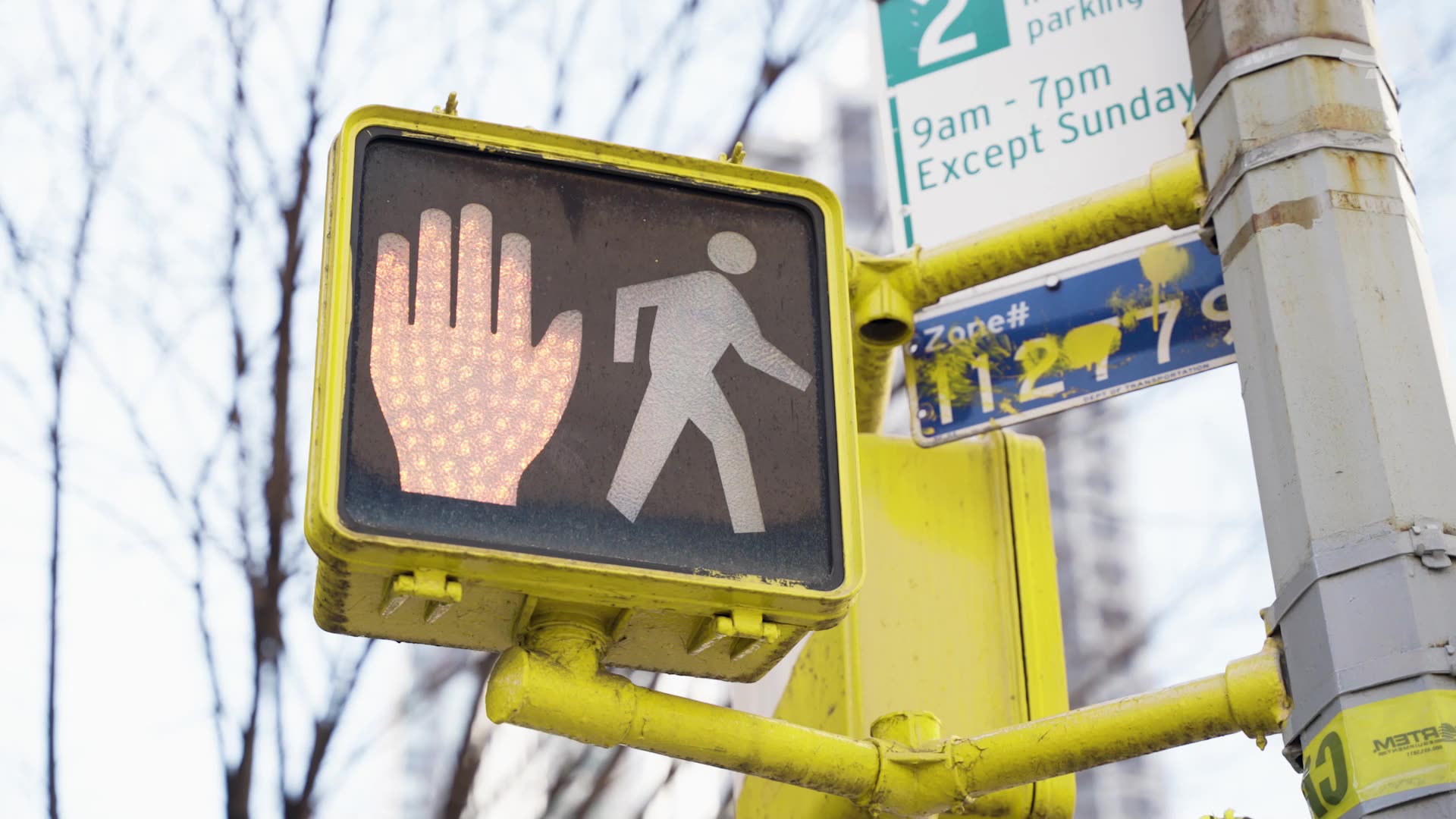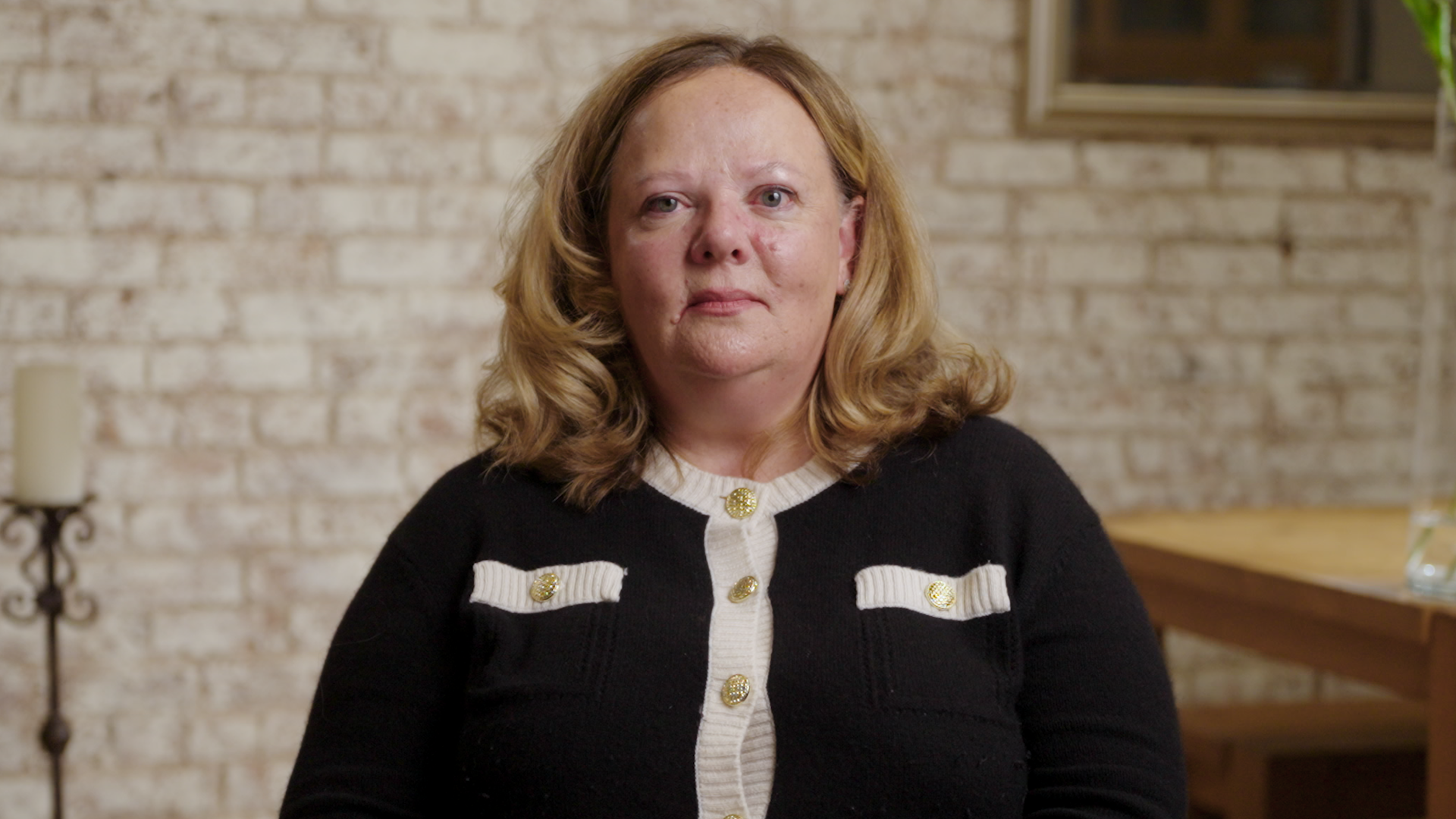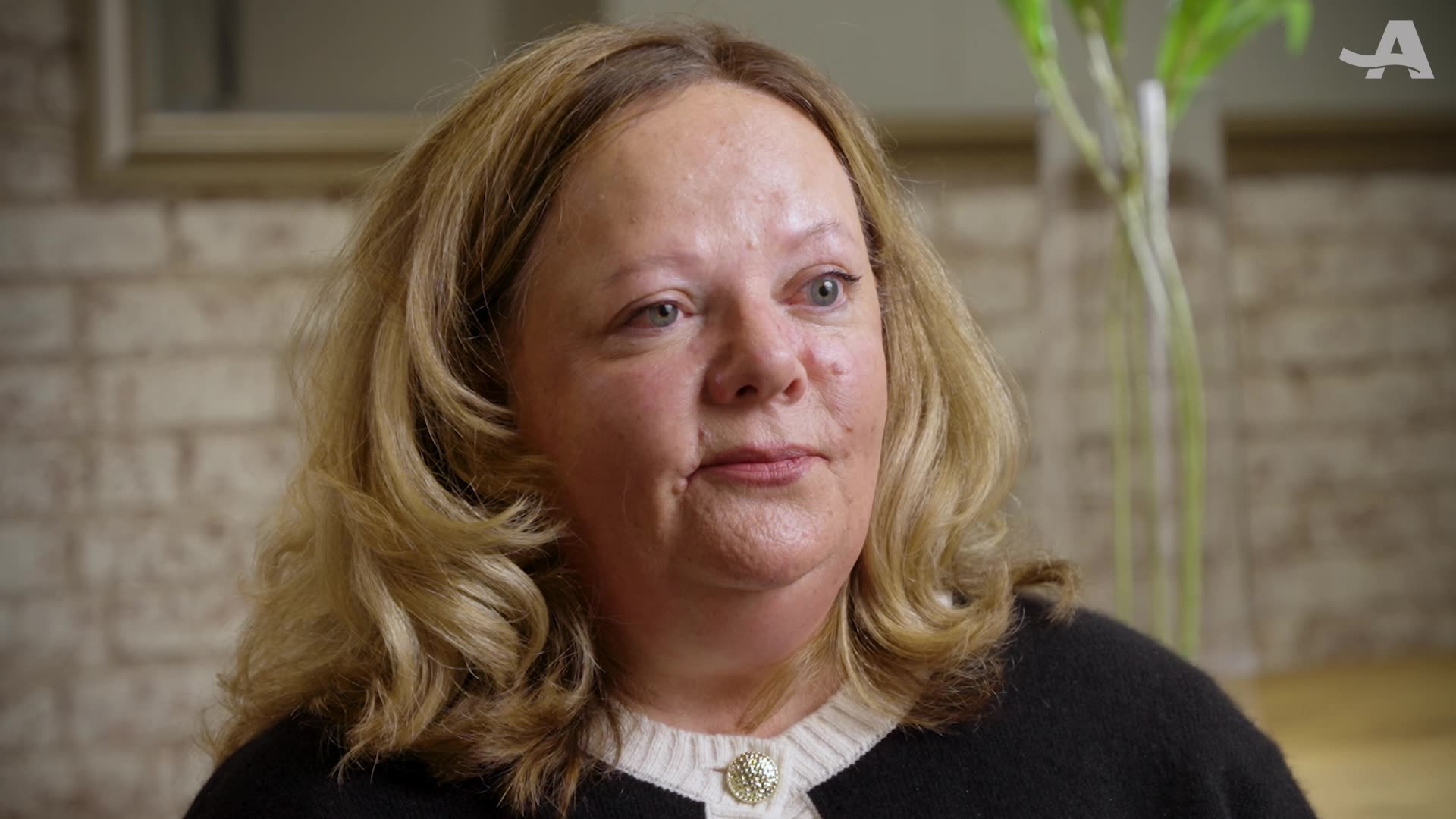
Every year, 900,000 Americans will be affected by blood clots, and the outcomes can be deadly. Studies show 1 in 4 people with pulmonary embolism (PE) die without warning. This video highlights one woman’s story with bilateral pulmonary embolisms—blood clots in both of her lungs— and what she's doing to prevent another episode. Symptoms can be hard to recognize because they often mimic other conditions. Our goal with this video was to raise awareness of this condition among older adults who are disproportionately affected by clots.
Source: https://www.cdc.gov/blood-clots/toolkit/impact-of-blood-clots.html
To bring this video to life, we centered our strategy on the power of personal storytelling. Rather than presenting medical facts in a clinical format, we chose to humanize the issue by sharing the real-life experience of someone who survived a pulmonary embolism. Our goal was to create an emotional connection with viewers, making the content more relatable, memorable, and impactful.
We began by reaching out to medical experts at Johns Hopkins, seeking their guidance in identifying a patient whose story could both educate and resonate. Their support was instrumental in connecting us with someone whose experience was not only medically significant but emotionally compelling.
Once we identified our subject, Leslie, we worked closely with her to ensure her voice remained authentic while guiding the narrative to highlight key educational moments. These included early warning signs, risk factors, and the importance of seeking timely medical attention. We used a documentary-style approach, combining interview footage with supportive visuals and graphics to reinforce critical information. The tone was intentionally intimate and sincere, allowing viewers to feel as though they were hearing from a friend or loved one. This approach helped maintain viewer engagement while delivering life-saving information.
One of the biggest challenges we faced was maintaining the emotional integrity of the story while integrating educational elements. We overcame this by scripting around the subject’s natural storytelling rhythm, allowing facts to emerge organically from her experience.
By putting a face to a condition that affects hundreds of thousands each year, we transformed abstract statistics into a personal, urgent call to awareness. The result was a video that not only informs but resonates, encouraging viewers to recognize symptoms, understand risks, and potentially save lives.
Our video garnered more than half a million views across various platforms, reaching a wide audience. On social media, it generated conversation surrounding the topic, with many people thanking AARP for creating this informational video. One commenter said, “Thank you for sharing this story I knew two people who died from having a pulmonary embolism... It is extremely important to make this condition known and for all to become very aware as some may think it’s an anxiety attack but it is not.” Other viewers shared their personal experiences with PE and described feeling represented and validated by Leslie’s story. One commenter said, “Thank you for being so vulnerable!! You described so well what I went through initially too. It feels so validating.”


